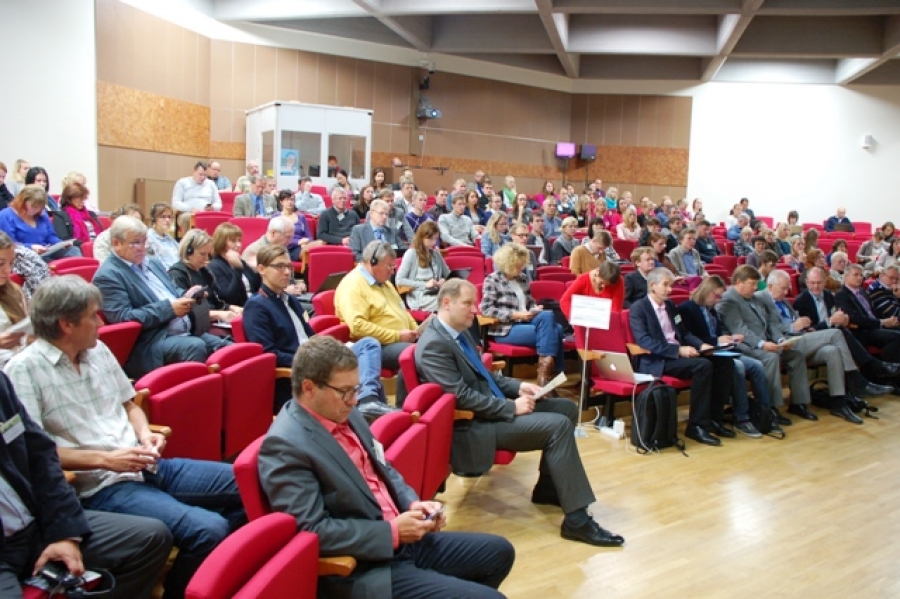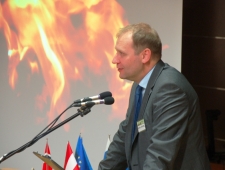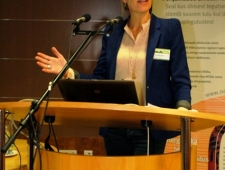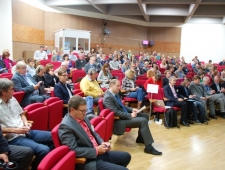From the point of view of local governments, the large amount of land in private ownership as a proportion of the total area of land administered by a local government can form an obstacle in implementing comprehensive planning. Involving as many parties as possible in drafting plans is becoming the rule, with the trend being to move from simple involvement to active partnerships. This is why partnership plans are emerging.
Planning in general is becoming increasingly complicated because more and more aspects are being taken into account. In the case of buildings, it is not only their direct energy needs that are being considered, but also the indirect influence they will have. How will a building affect development in the neighbourhood as a whole? Is it aesthetically pleasing? Does it encourage people to live or work in the area? How have the connecting roads around the building been planned? Is it accessible by public transport, or by bike? Taking all of these things on board should contribute to the minimisation not only of direct upkeep costs but also of the risk of no one wanting to live there in years to come and the building and district haemorrhaging people or unwanted developments occurring (such as a rise in crime).
Buildings themselves are becoming ever more economical, while greater attention is being turned to how they look and to environmental aspects. The construction sector in the Nordic countries has set out its principles of construction practice in the Nordic Built Charter. Among other things, the charter establishes that a structure must be durable and long-lasting – essentially ageless. But at the same time, it must be borne in mind that buildings are constructed for people, which is why it is important to make them convenient to use and nice to look at. Practices arising from the charter merge with that offered by nature as part of modern lifestyles and are of benefit to people, the environment and business alike.
According to forecasts, future population growth will be concentrated in urban areas. Ways of providing all of these people with economical and environmentally friendly energy supplies need to be found. District heating has an important role to play here, since it is one of the friendliest means of providing warmth in densely populated areas. Looking at the Nordic countries, it can be seen that the importance of district heating is growing: by 10% in Finland, for example, and by 18% in Norway.
However, district heating only becomes the most sensible option if the heating network uses renewable sources of energy. This tendency – the use of biomass in energy – is expanding in the Nordic countries and also in Estonia. Nevertheless, the cost of district heating can vary markedly within the same county. Using Viljandi County as an example, we see that heating bills can differ by as much as 35%. This is a major expense for people to meet, and yet if you live in a district heating area you have no choice but to subscribe to the network.
Those who spoke at the event agreed that the only way to find solutions is to promote cooperation between everyone involved: local governments, energy producers and consumers. There is no universal solution; local needs and conditions must form the basis. The local government must lead the cooperation, and it is their task to create as good a living environment as possible for residents and business people.
Scientific and research institutes need to be involved in development activities, since the organisation of district heating in both Sweden and Denmark shows that a number of processes in the supply of district heating network energy in Estonia could be made far more effective than they are at present.
Green Growth Forum 'Rohevik' was launched in 2011 by the Nordic Council of Ministers' Office in Estonia to bring together experts, business people and politicians from the Nordic countries and Baltic States whose joint goal is to achieve a sustainable lifestyle in the Baltic Sea region.
The presentations given at Rohevik 2013 can be found here. Pictures can be viewed here.




